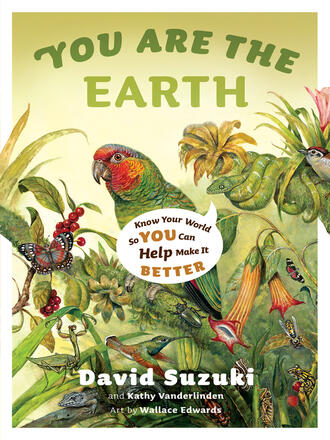
You Are the Earth
Know Your World So You Can Help Make It Better
La description
This lively collection of fascinating facts and fables, colorful cartoons, and dynamic illustrations explains how everything on Earth is connected. Since its original publication, concern for the environment has grown, and although environmental damage has increased, so too have "green" strategies. This new edition reflects these changes, with expanded discussion of environmental issues and new technologies, as well as many more activities. New sidebars offer extra facts, tips, and real-life examples of things other budding ecologists have done to make the world a better place.
Reviews
"From a less visionary thinker, such a broad range of subjects might be a confusing tangle, but Suzuki's accessible text, illustrated with useful diagrams and attractive paintings of plants and animals, skillfully emphasizes his basic message about the vital importance of interconnections." Booklist
"...an outstanding title that can be utilized by teachers in science, health, and environmental studies classes or as a fun, inspiring read."School Library Journal, starred review
Incorporating content that varies from scientific to the personal to culturalwith folk tales juxtaposed next to scientific evidencethe book entices one to keep reading just to see what is on the next page.”Science Magazine